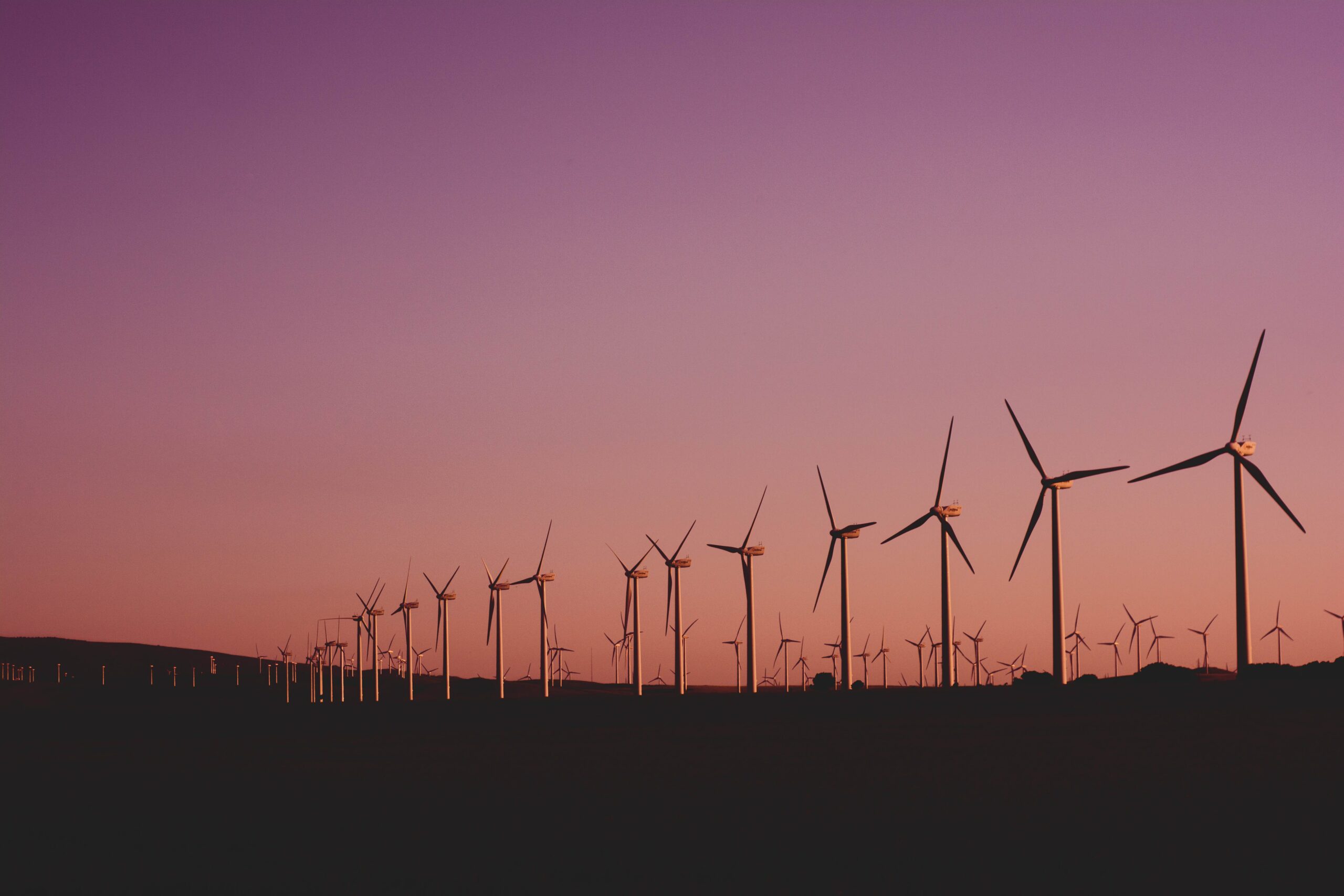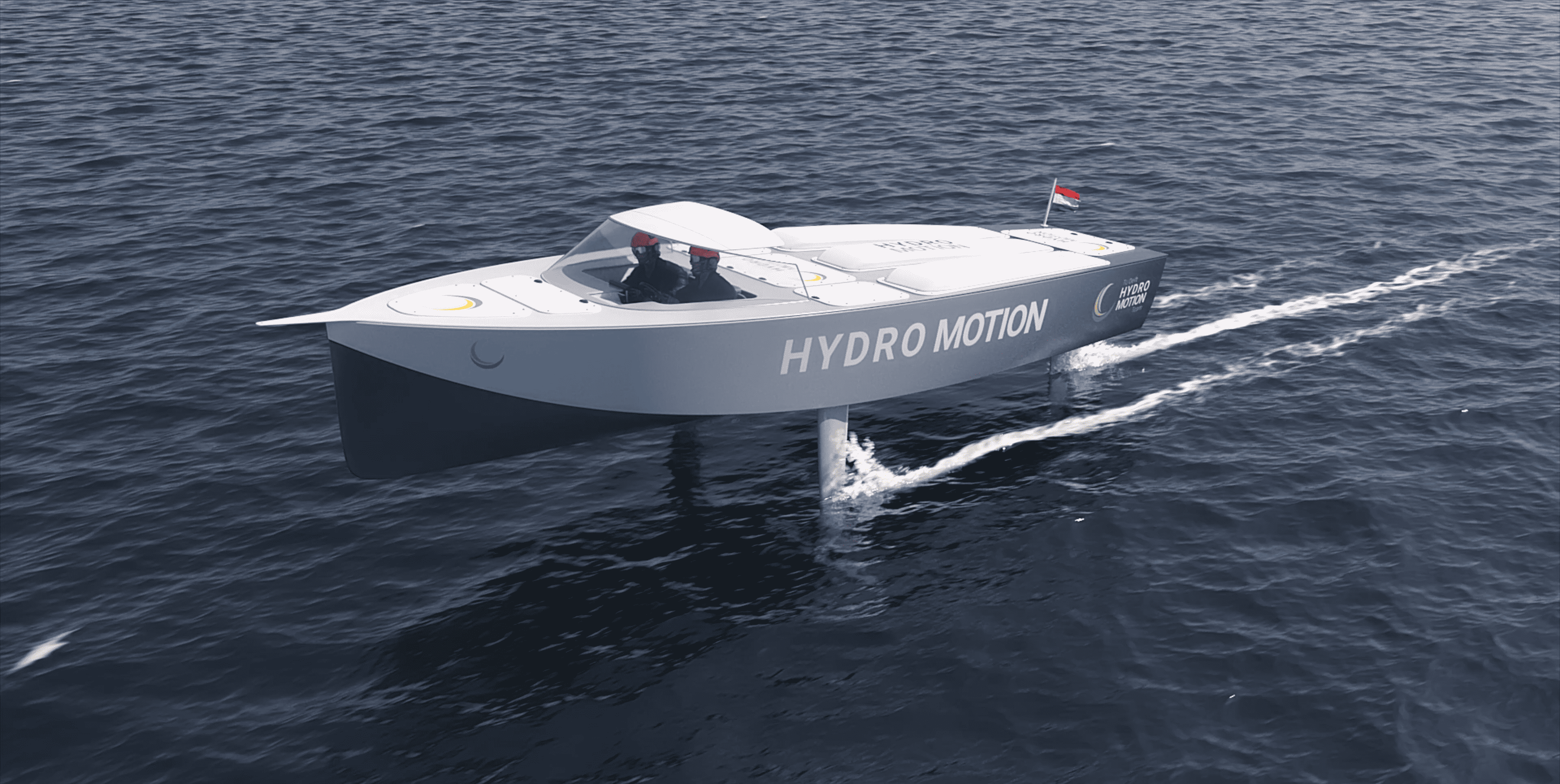
The International Energy Agency (IEA) recently published its Net-Zero scenario. The preconditions are that every inhabitant in the world should have affordable clean energy by 2030 and that the energy systems have zero net emissions of greenhouse gases by 2050. The upshot is a lot of sun and wind and a good amount of biomass in 2050. What’s more, no less than 7,600 Mton CO2 storage per year and a doubling of nuclear energy. Hydrogen will be used across all sectors, especially the blue variant from natural gas that uses carbon capture and storage (CCS). With Net-Zero in 2050, we cannot wait for the green variant from wind and solar. Replacing blue gas with green gas is a matter for after 2050. So says the IEA.
Scenarios are not predictions. Scenarios show what will happen if reality responds in line with the hypotheses, assumptions and models used. This is rarely the case. In the 1950s, models showed that nuclear power was the future. In the 1970s, the Club of Rome calculated that oil would soon run out. And in 2010, the sums showed that by 2020, electricity from solar would cost 5 $ct/kWh. In the meantime, solar parks are being built in desert areas that are more than 5 times cheaper. What will batteries and green hydrogen cost in 2040? Be wary of those who think they know the answer!
This is how the IEA is imagining perfect international cooperation in Net-Zero scenarios
The IEA has distinguished three types of scenarios. Type 1 presumes a freeze on energy policy: ‘Current Policies’. Of course, there is population growth, economic development and innovation, but the government has taken a hiatus. Type 2 presumes energy policies that are announced: ‘Stated Policies’. The government then limits itself to the realization of existing commitments. Type 3 are the target scenarios. Net-Zero is such an example. In these, the presumptions and hypotheses are tweaked in such a way that the set goal is achieved with the preconditions. Assumptions that support target scenarios are essential. And they sometimes go quite far to achieve the goals. For example, in Net-Zero, the IEA is presuming perfect international cooperation. Should that not succeed, IEA writes, then the Net-Zero target will not be reached in 2050, but only in 2090. No small matter, then.
Unfortunately, not all scenarios fit into these three basic types. For example, PBL Netherlands Environmental
Assessment Agency’s Climate and Energy Outlook (KEV) 2020 summary contains a half-baked ‘stated policies’ scenario, referred to as a ‘proposed policy’. This scenario contains only part of the agreements from the climate accord. The result is a scenario that leads to a lot of misunderstanding. Let’s hope that PBL will change its mind this year and stick to the IEA definition. And then immediately expand its analysis to 2050 as well. What the IEA can do for the world, PBL should be able to do for the Netherlands. The KEV scenario would consequently gain substantially in importance. After all, energy policy is by its very nature a long-term policy.
Spreadsheets simplify the situation
Spreadsheets simplify the situation. They have no lead times, no bottlenecks and no burdensome citizens. And no nitrogen problems, no action groups and no legal proceedings with an uncertain outcome. A path to Net-Zero then becomes straightforward. Let the industries that are difficult to make sustainable disappear from the Netherlands altogether. Divide the remaining energy demand by two on account of energy savings, and once more by two on account of electrification. And then reduce it by X percent on account of behavioral changes. We leave aviation, shipping and energy as a raw material out of the equation. We can trade our shortages and surpluses with neighboring countries. That’s all there is to it.
As you can see, it doesn’t work that way. Nevertheless, these kinds of positions are often taken, as I notice almost daily on Twitter. That is not without risk. The outcome remains on the table; the preconditions that were adopted are forgotten. And that outcome is then used to guide policy. The district-oriented approach from the Climate Agreement is an example of this. This also happens in other sectors. Pieter Omtzigt has also complained about this.
What about infrastructure? How much time will it take to build that? And what about the 50 percent reduction in energy use? How many people will it take to realize that? And is everyone able and willing to pay for it? What happens in a cold winter when there is hardly any wind? Nor can we suddenly all drive electric cars. And we cannot just tap into energy from abroad if there is no wind here. Plus, on a global scale, what about the future availability of raw materials? Then there are the citizens. Sure, there are concerns about the climate, but there aren’t any wind turbines nearby. Even laying an underground cable in an uninhabited corner of the tiny Dutch island of Schiermonnikoog causes a revolt.
We stopped working on wind power back in the 1980s
Not to forget the inherent uncertainty about the future. This is also not included in any of the scenarios. I already mentioned a few examples. Just one more: In the 1980s, the Netherlands calculated that wind energy would never amount to anything, so we stopped working on it. The lesson: All right, all those scenarios and calculations, but let’s just accept that uncertainty and don’t put all our eggs in one basket. Build in some flexibility. So that we can cash in on unanticipated opportunities and cushion unavoidable setbacks.
What if climate change leads to prolonged winter periods with no wind in the North Sea from 2040 onwards? Back to Net-Zero. A great deal has been taken into consideration. Lead times. Scarcity of raw materials. Technological developments. Collaborations. Smart government policies. It is by no means a prediction of the future. But Net-Zero does give a good impression of the challenges that lie ahead. I recommend that you take advantage of this summer vacation to read through this IEA study. And to concentrate on the presumptions and hypotheses made. How are we going to realize or even surpass them?
Read more columns from Martien Visser on Energiepodium.nl




